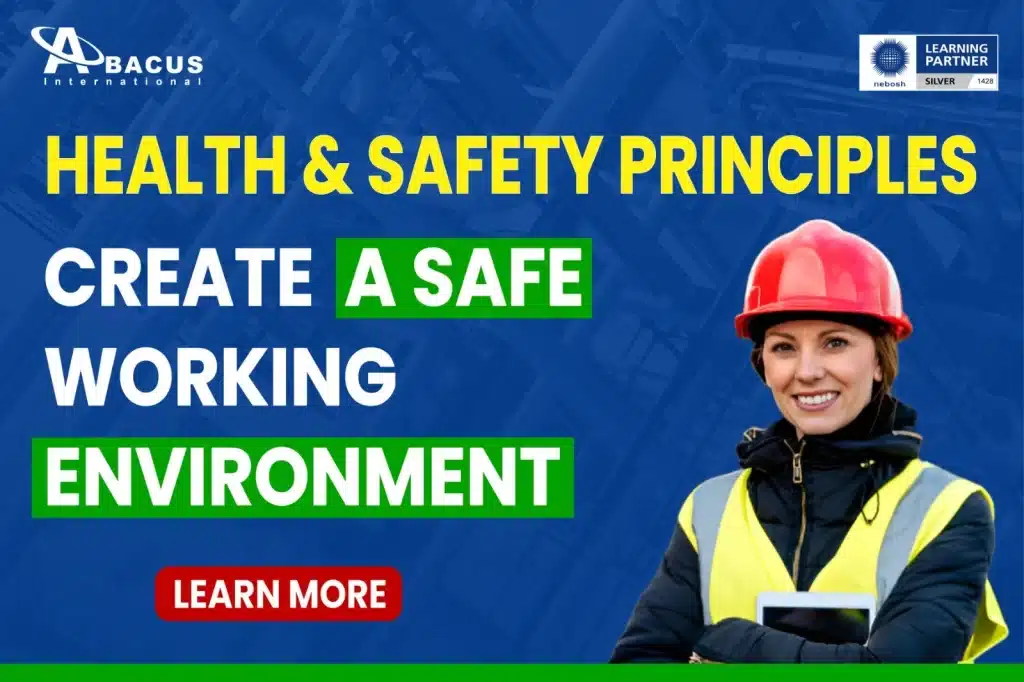Health and safety principles refer to fundamental guidelines and concepts that aim to protect individuals from harm and create a safe working environment. These principles form the basis of effective health and safety management in organizations. Which includes
1. Risk Assessment:
Identifying and assessing potential hazards and risks in the workplace is crucial. Conducting thorough risk assessments helps determine the likelihood and severity of harm and enables appropriate measures to be implemented to control and reduce risks.
2. Hazard Control:
Implementing measures to control hazards is essential for minimizing the risk of accidents and injuries. This includes engineering controls (e.g., implementing safety barriers, ventilation systems), administrative controls (e.g., implementing safe work procedures, training), and personal protective equipment (PPE) when necessary.
Also Read: Types of Hazards in the Workplace
3. Legal Compliance:
Compliance with relevant health and safety laws, regulations, and standards is a fundamental principle. Organizations must be aware of their legal obligations and ensure they meet or exceed the required standards to protect the health, safety, and welfare of their employees and stakeholders.
4. Training and Competence:
Providing appropriate health and safety training to employees is crucial to ensure they have the necessary knowledge and skills to perform their work safely. This includes training on hazard identification, safe work practices, emergency procedures, and the proper use of equipment and machinery.
Also Read: Top 10 Health & Safety Courses in Pakistan
5. Communication and Consultation:
Effective communication and consultation are essential for promoting a positive health and safety culture. Employers should communicate health and safety policies and procedures clearly to all employees and involve them in decision-making processes related to health and safety issues.
6. Continuous Improvement:
Health and safety management should be an ongoing process of improvement. Regular monitoring, review, and evaluation of health and safety performance help identify areas for improvement and enable the implementation of corrective actions and preventive measures.
7. Employee Engagement:
Engaging employees in health and safety initiatives promote a sense of ownership and responsibility. Encouraging their participation in safety committees, incident reporting, and suggesting improvements helps create a shared commitment to health and safety throughout the organization.
8. Emergency Preparedness:
Establishing emergency response plans, including evacuation procedures, first aid arrangements, and communication protocols, is vital for ensuring a prompt and effective response to emergencies and minimizing harm to individuals.
Also Read: Basic First Aid Skills Everyone Should Learn
These principles provide a framework for effective health and safety management, enabling organizations to create a safe and healthy work environment, protect employees from harm, and comply with legal requirements.


